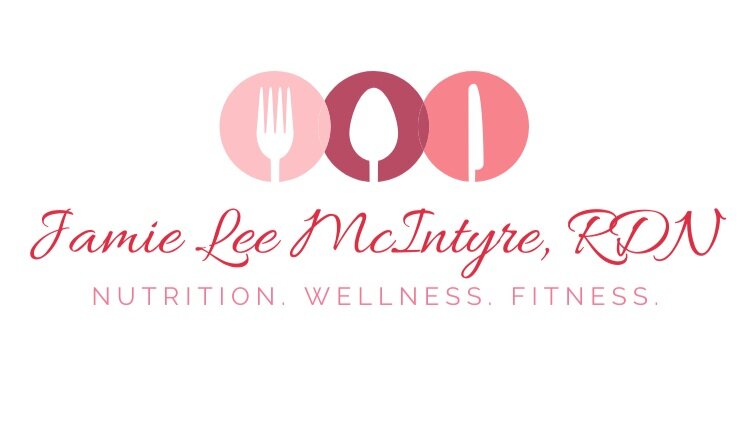Are Smoothies Healthy to Drink?
Smoothies have become a staple for breakfast, snacks, and post-workout fuel—and for good reason. They’re quick to make, easy to customize, and a delicious way to pack in vitamins, minerals, protein, and fiber. But not all smoothies are created equal. Some can be loaded with sugar and calories, making them more of a dessert than a health food. Here’s how to build a balanced, nutrient-dense smoothie at home.
Step 1: Start with a Smart Base
Choose 8 ounces of liquid to form the foundation of your smoothie:
Dairy milk: 1% or 2% milk adds protein, calcium, and vitamin D.
Non-dairy milk: Unsweetened soy, almond, or coconut milk are great options for those avoiding dairy.
Step 2: Add Protein for Staying Power
Including a protein source keeps you full and helps support muscle recovery after workouts.
Greek yogurt: 6 ounces of plain, low-fat Greek yogurt is rich in protein, probiotics, and calcium.
Non-dairy yogurt: Soy-based yogurts provide a plant-based protein boost.
Step 3: Add Fruit for Natural Sweetness
Skip sugary juices or syrups and rely on fruit for natural flavor and nutrients.
Use 1 cup of fresh or frozen fruit—berries, mango, cherries, or banana all work well.
Check labels to make sure your frozen fruit has no added sugar.
Step 4: Boost Fiber and Nutrients
A good smoothie should be satisfying and support digestion. Try these add-ins:
Fiber: 1–2 tablespoons of chia seeds, ground flaxseed, or rolled oats
Healthy fats: 1 tablespoon of almond or peanut butter, or ¼ avocado
Greens: A handful of spinach or kale blends in easily for extra vitamins
Antioxidants: Green tea, matcha powder, or a spoonful of wheat germ
Step 5: Consider Protein Powder—But Choose Wisely
Protein powder isn’t a must, but it can help round out your smoothie if you need more protein in your diet.
Choose a powder with limited ingredients and no more than 20 grams of protein per serving.
Check serving sizes—some brands recommend 1–3 scoops per serving, which can add unnecessary calories.
Try This Dietitian-Approved Smoothie Recipe
Cherry Almond Smoothie
Ingredients:
1 cup frozen pitted cherries (defrost halfway)
6 oz plain nonfat Greek yogurt
6 oz unsweetened almond milk
1 tsp vanilla extract
1 tbsp ground flaxseed
Directions:
Blend all ingredients until smooth. Makes 1 serving.
Nutrition per serving:
249 calories, 6g total fat (1g sat fat), 27g carbs, 4g fiber, 0g added sugar, 21g protein, 9mg cholesterol, 195mg sodium.
The Bottom Line
Smoothies can absolutely be part of a healthy diet when built with the right balance of protein, fiber, and healthy fats. They’re perfect for busy mornings, pre- or post-workout fuel, or a nutrient-packed snack. Just be mindful of portion sizes and added sugars, and your blender can become one of your best tools for eating well.

